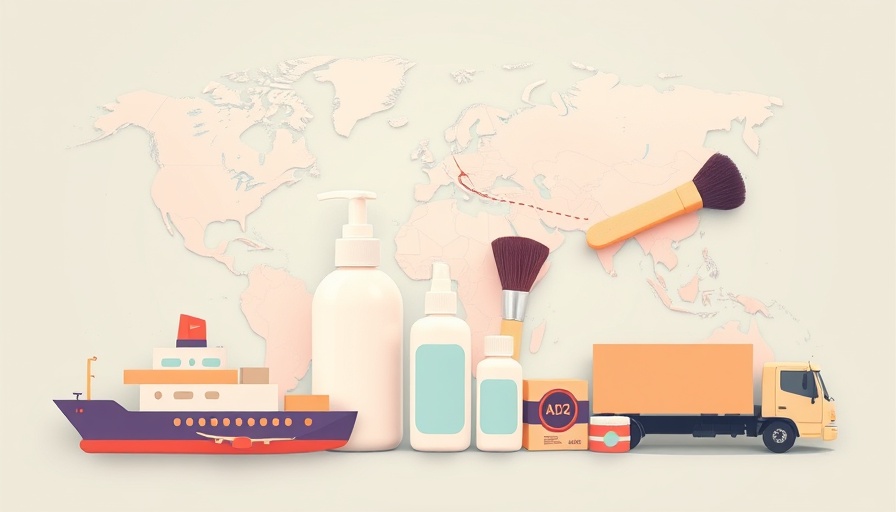
The Impact of Trade Policies on Beauty Brands
In recent years, American beauty brands have been navigating the choppy waters of international expansion amidst a backdrop of changing trade policies and anxieties surrounding travel. The influence of former President Donald Trump's foreign policies, particularly regarding tariffs, has caused many businesses, especially in the beauty industry, to pause and rethink their global strategies. This article delves into how these fluctuations have affected independent beauty brands and their paths toward international markets.
Rethinking International Strategies
For many beauty brand founders, the prospect of expanding internationally represents an opportunity for growth. However, high tariffs and regulatory barriers have made that journey seemingly daunting. Gina Ciraldo Stabile, CEO of Dr. Loretta, highlights that while they have not changed their distribution plans for Canada, a major market for them, the 25% tariffs imposed on U.S. goods are significantly impacting Canadian customer purchases. Similarly, Manuela Valenti, Founder of By Valenti, shares concerns about the long-standing challenges of uneven trade conditions. She emphasizes that if current tariff discussions ultimately promote a fairer trade environment, it could mitigate the excessive costs consumers face and pave the way for easier international transactions.
The Role of Direct-to-Consumer (DTC) Models
As a DTC brand, Valenti's experience sheds light on a significant trend where independent brands are finding the traditional model disrupted by new tariffs. These brands are increasingly feeling a burden as international customers grapple with the higher retail prices driven by tariffs, which can discourage purchases and stymie sustainable growth. Many brands are assessing which regions remain practical for distribution, ensuring they don't inadvertently burden consumers with inflated costs.
Delay in Expansion
Concerns around tariffs are leading some brands, such as Stamina Cosmetics, to delay international distribution altogether. With rising costs and logistical complexities in mind, they recognize the need to be cautious in their growth strategy. As noted by Shubhangini Prakash, Founder of Feather & Bone, their once-clear plans for expansion and manufacturing abroad are now put on hold while they reassess the financial implications of entering new markets.
Future of American Beauty Brands in Global Markets
As the landscape of international trade continues to evolve, American beauty brands find themselves at a crossroads. The need for resilience and adaptability in planning their growth strategies is evident. Entrepreneurs are not shuttering opportunities entirely but are instead adopting a more measured, calculated approach. This includes diversifying revenue streams by potentially establishing manufacturing abroad, which could help offset shipping costs while maintaining product accessibility for international customers.
A Silver Lining in Challenging Times
While the current conditions present obstacles, they also offer a chance for beauty brands to refine their business models and forge stronger connections with conscious consumers. By prioritizing sustainability and responsive strategies, these brands are positioning themselves to thrive, even in uncertain times. It’s a reminder that ingenuity often arises from adversity.
As we navigate this changing marketplace, conscious consumers, especially women over 35, are encouraged to support brands that approach these shifts thoughtfully. Making sound purchasing decisions while fostering sustainable practices is vital for future growth in the beauty industry.
For those interested in learning more about how these changes could affect their favorite beauty brands and what it means for the industry’s future, stay informed and aware.
 Add Row
Add Row  Add
Add 




 Add Row
Add Row  Add
Add 

Write A Comment